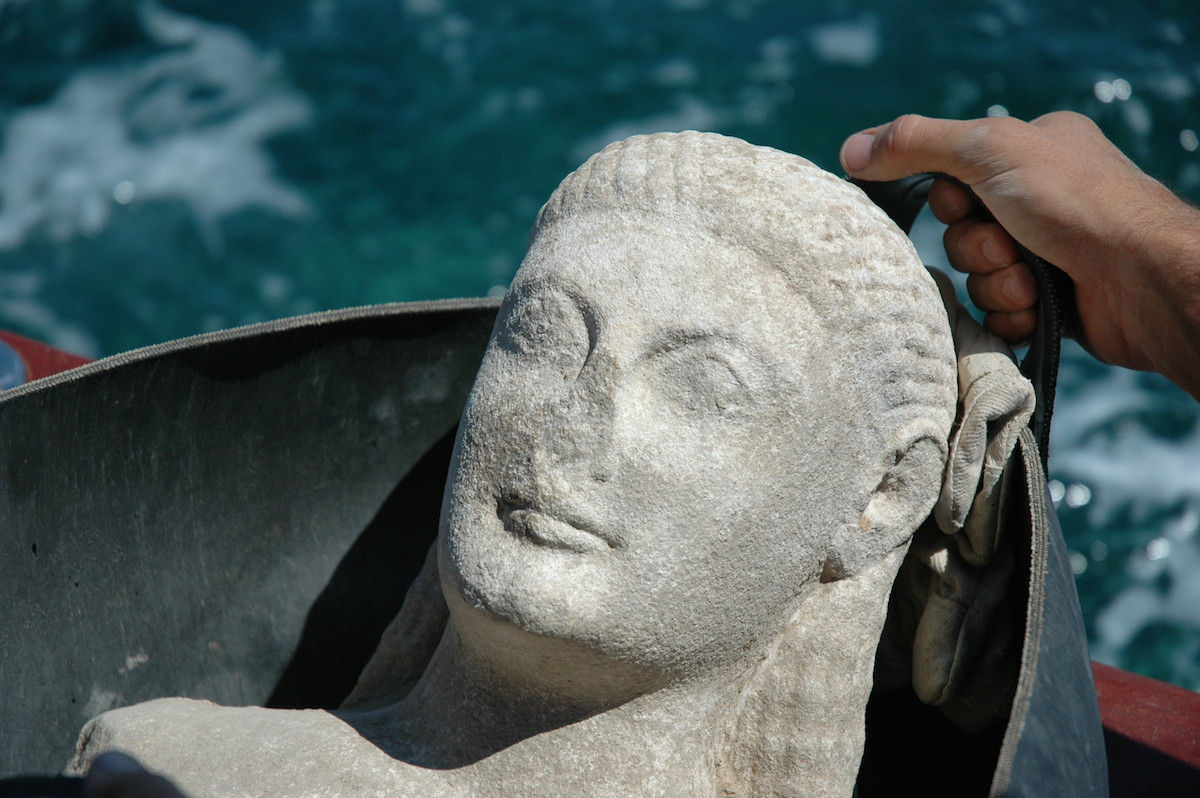
Historical times
The first inhabitants of Antiparos in historical times were Palm trees from Sidon, who were succeeded by various conquerors. In ancient times Antiparos was known as Ωλίαρος and with this name it is mentioned by the Greek geographer of the 3rd BC. century Heraclides the Critic (or Cretan) in his work "On the Islands". Unfortunately, this work is not saved, but a passage related to Antiparos is saved by the great grammarian of the early Byzantine period (early 6th century AD), Stefanos Byzantios: "Oliaros Sidonion, a colonist, far from Paros, stadios ni". It is interesting that the Byzantine grammarian mentions the name of the ancient Greek geographer incorrectly, confusing him with the philosopher of the 4th century BC. century Heraclides from Heraklion of Pontus. Oliaros is also mentioned by the Greek geographer and historian Strabo (67 BC - 23 AD), in the first book of his "Geographical": "... Kimolon and Prepesinthon and Oliaron ... of the twelve I think, and Prepesinthon and Oliaron and Gyaron were defeated ", but also the Latin writer Pliny (23-79 AD) in the 4th volume of his" Natural History ". It is worth noting that both of these authors also mention Prepesinthos, ie the Despotic. The first report of Antiparos with its current name takes place only in the 13th century. But the word is ancient, as, according to mythology, Antiparos was one of the 50 sons of Egypt, who was killed, as well as 48 of his brothers, by his wife Kritomitheas, one of the 50 Danaides.



